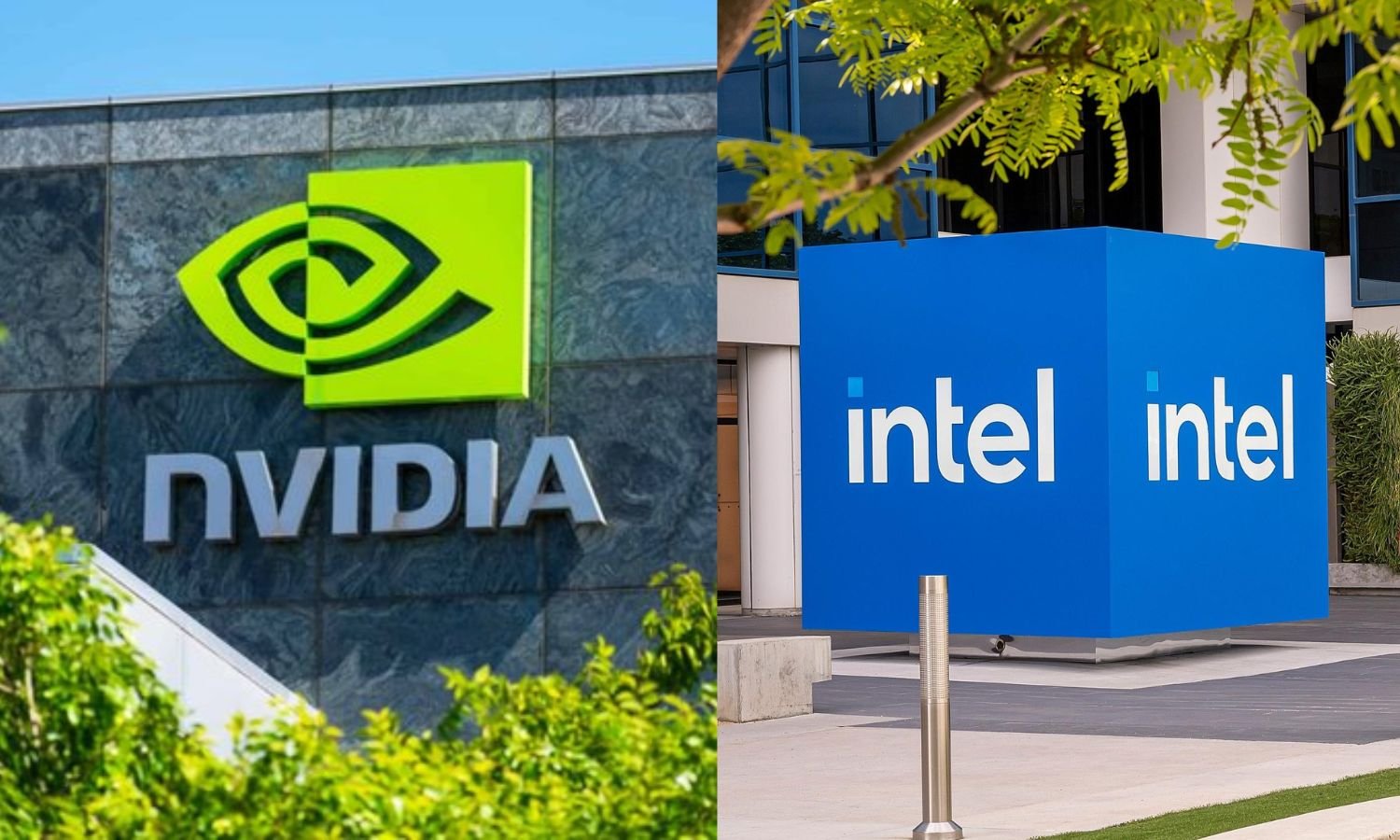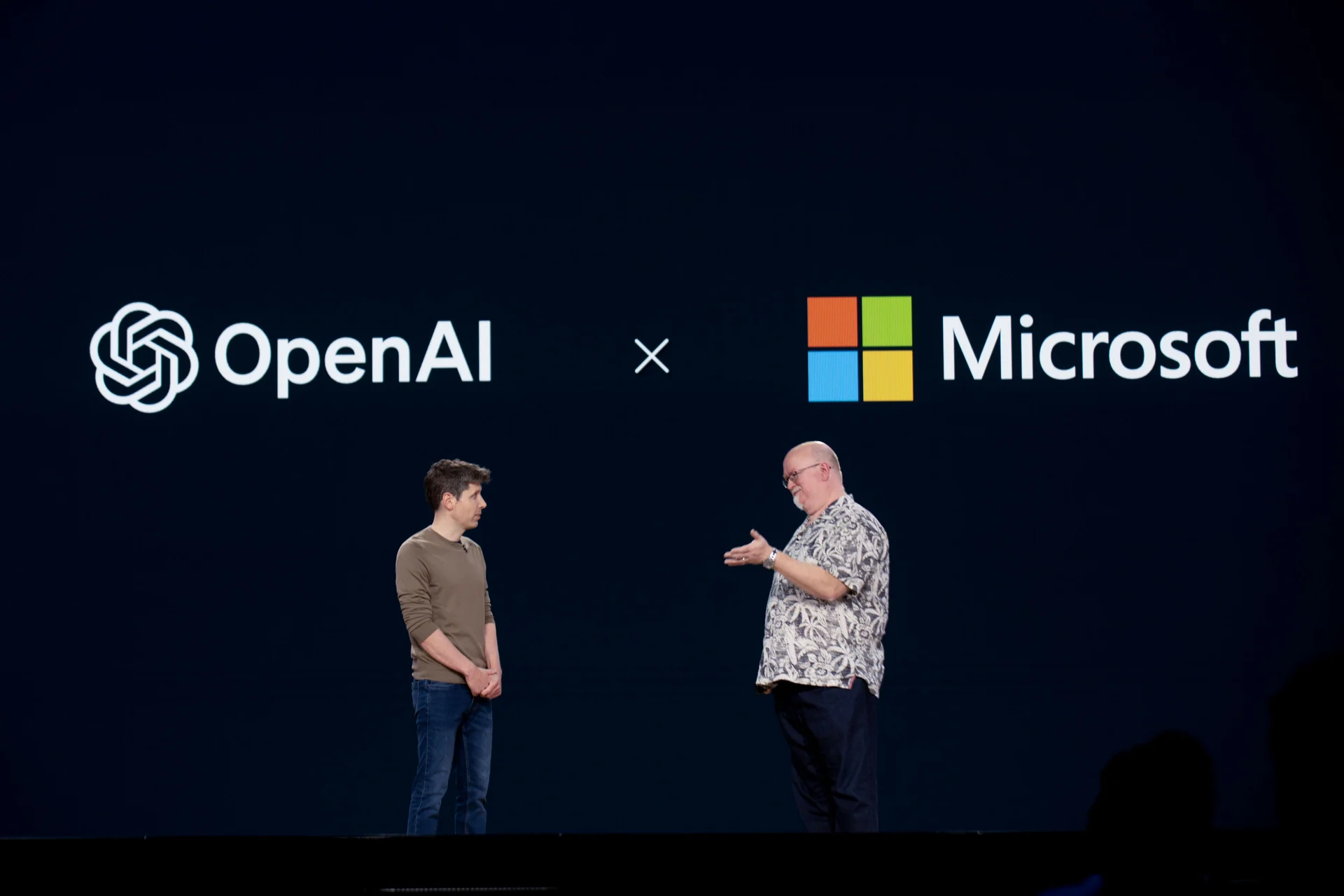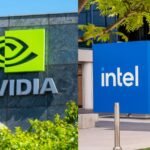In an unprecedented move reshaping the semiconductor landscape, Nvidia has committed a staggering $5 billion investment into Intel, signaling a dramatic shift from competition to collaboration between two of the industry’s most iconic rivals. But this isn’t just a financial play—it’s a strategic realignment that reflects the ever-evolving demands of the artificial intelligence era and the race for dominance in next-generation compute architecture.
This landmark deal not only gives Nvidia a significant equity position in Intel but also kicks off a long-term collaboration to co-design advanced chips that marry Nvidia’s GPU leadership with Intel’s x86 CPU ecosystem and manufacturing potential.
A Tactical Stake with Strategic Depth
The investment gives Nvidia a non-controlling but influential position within Intel. It isn’t simply a passive bet on Intel’s turnaround—this is a foundational component of a new cooperative engineering strategy.
By acquiring new shares at a premium, Nvidia now holds an estimated 4% stake in Intel. Beyond financial positioning, this gives Nvidia a seat at the strategic table as Intel pivots toward a more open, modular, and partnership-driven model under its new leadership.
Crucially, this deal is structured to fuel mutual product development, not just shareholder value. Nvidia’s goal isn’t to own Intel—it’s to fuse its AI expertise with Intel’s legacy and foundry capabilities to create a vertically integrated solution stack across data centers, PCs, and potentially edge devices.
Co-Designing the Future of Compute
The partnership will manifest in two primary domains: AI infrastructure and next-generation personal computing.
In the data center, Intel will custom-design x86 CPUs optimized for Nvidia’s high-performance AI workloads. These chips won’t be generic—they will be built to align with Nvidia’s deep learning frameworks, memory systems, and GPU architectures, enabling higher throughput and efficiency in tasks like LLM training, inference, and simulation.
For the personal computing market, the collaboration will produce system-on-chip (SoC) architectures that integrate Nvidia’s GPU chiplets with Intel’s CPUs. Instead of discrete graphics cards, these systems will house unified chip designs that reduce latency, power draw, and physical space—all while delivering next-gen graphics and compute performance. This could be a game-changer for AI PCs and next-gen gaming devices.
A central element of the collaboration is Nvidia’s interconnect technology—NVLink. With NVLink, Intel and Nvidia components can communicate at near-instantaneous speeds, reducing data bottlenecks and dramatically improving multi-chip performance. This tight integration could allow Intel-powered systems to harness Nvidia’s GPU muscle more efficiently than ever.
Why Intel Needs Nvidia
Intel has struggled for years to keep up with advancements in GPU technology and cutting-edge process nodes. While the company remains dominant in CPU shipments, it has lost ground in several strategic areas including AI acceleration, chip packaging, and overall innovation velocity.
This deal gives Intel not just capital but credibility. By associating itself with Nvidia—the undisputed leader in AI silicon—Intel gains a renewed sense of relevance in the AI era. It also benefits from co-branding, accelerated product development timelines, and the opportunity to re-engage enterprise and data center customers looking for integrated solutions.
Moreover, Intel’s foundry services, once underutilized, are likely to see increased demand if Nvidia begins to diversify its fabrication partnerships. Though the current deal does not commit Nvidia to manufacturing with Intel Foundry Services (IFS), it lays the groundwork for such collaboration in the future.
Why Nvidia Wants Intel
Nvidia’s rapid growth has been driven by its GPUs dominating AI training workloads. However, as models grow in complexity and demand multi-modal capabilities, Nvidia needs tighter integration with CPUs and more control over end-to-end system performance.
Rather than wait for the ecosystem to catch up, Nvidia is now taking a proactive step by aligning with Intel’s x86 dominance and massive installed base. This allows Nvidia to influence and accelerate the evolution of PC and server architecture in its favor.
Additionally, the geopolitical risk of relying heavily on overseas foundries is forcing Nvidia to hedge. Intel’s U.S.-based fabs represent a strategic buffer, especially as Western governments push for more domestic chip manufacturing.
This investment also sends a message to competitors: Nvidia isn’t just a GPU company anymore—it’s building toward platform supremacy, with a hand in every layer from silicon to systems.
Industry Implications and the AI Arms Race
The Nvidia-Intel alliance has ripple effects across the entire technology sector.
For rival chipmakers like AMD, this new axis of collaboration represents a formidable threat. AMD has succeeded in blending CPU and GPU designs through its own chiplet architecture, but Nvidia’s brand strength and AI dominance could tilt the market in its favor—especially if Intel’s manufacturing and distribution ecosystem is successfully integrated.
For cloud providers, it offers the prospect of more powerful, efficient, and cost-effective AI infrastructure. Hyperscalers could adopt Nvidia-Intel systems to support larger AI models and inference loads without needing custom configurations.
For governments, it’s a symbolic win for domestic semiconductor resilience. With increasing pressure to reduce reliance on Asian fabs, especially in times of geopolitical tension, partnerships like this help ensure the U.S. retains leadership in core compute infrastructure.
Risk Factors and Execution Challenges
Despite the excitement, the partnership comes with significant risks.
Integration Complexity: Merging GPU chiplets, custom x86 designs, and proprietary interconnects requires seamless coordination across hardware, firmware, and software. Delays or mismatches in timelines could stall product rollouts or undercut performance claims.
Competitive Retaliation: Other players in the ecosystem, particularly those with fab or AI ambitions, may push back aggressively. This could spark price wars, chip shortages, or vendor lock-in tensions.
Regulatory Scrutiny: Given the scale, market implications, and national interest in semiconductors, the deal is likely to be examined by regulatory bodies. Antitrust concerns and export controls could limit certain types of cooperation.
Cultural Fit: Intel and Nvidia have historically competed and operated with vastly different corporate cultures. Building trust and sustaining a working relationship over time will be critical to realizing the full potential of this partnership.
Conclusion: A New Era of AI Hardware Collaboration
Nvidia’s $5 billion investment in Intel isn’t a bailout—it’s a bet on the future of computing. By aligning two distinct giants—one known for its AI acceleration and the other for its processor legacy and fabrication capability—the partnership is poised to create a new class of hardware systems tailored for the next decade of artificial intelligence.
As the industry evolves toward ever-larger models, tighter integration, and sovereign compute capacity, the Nvidia-Intel axis could emerge as the most powerful force in shaping how and where intelligence is made—and who controls it.









